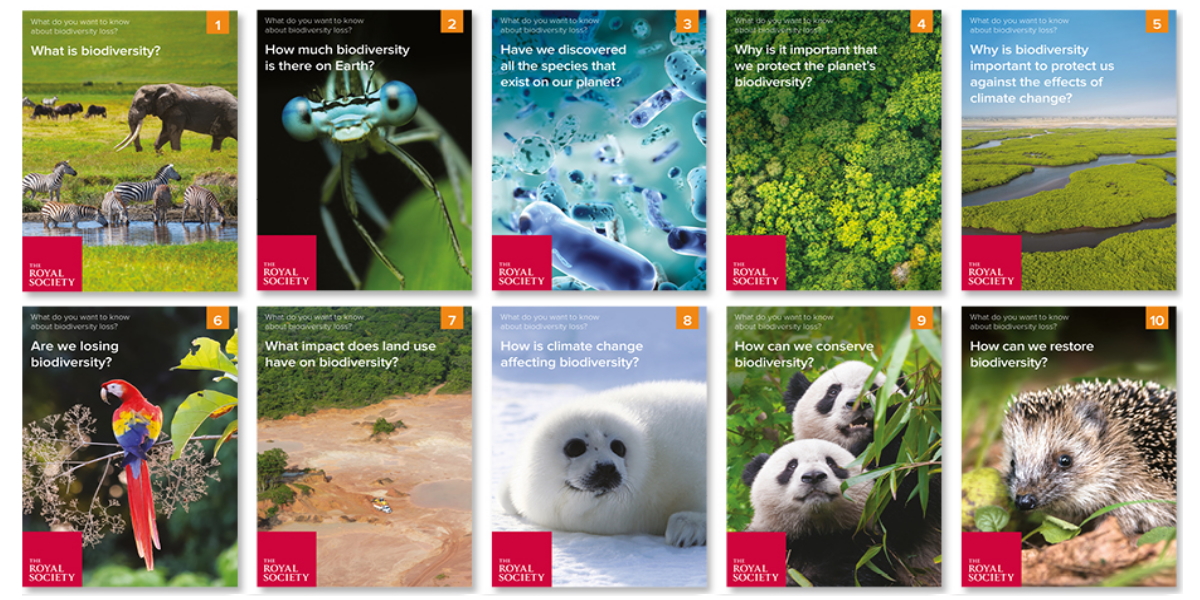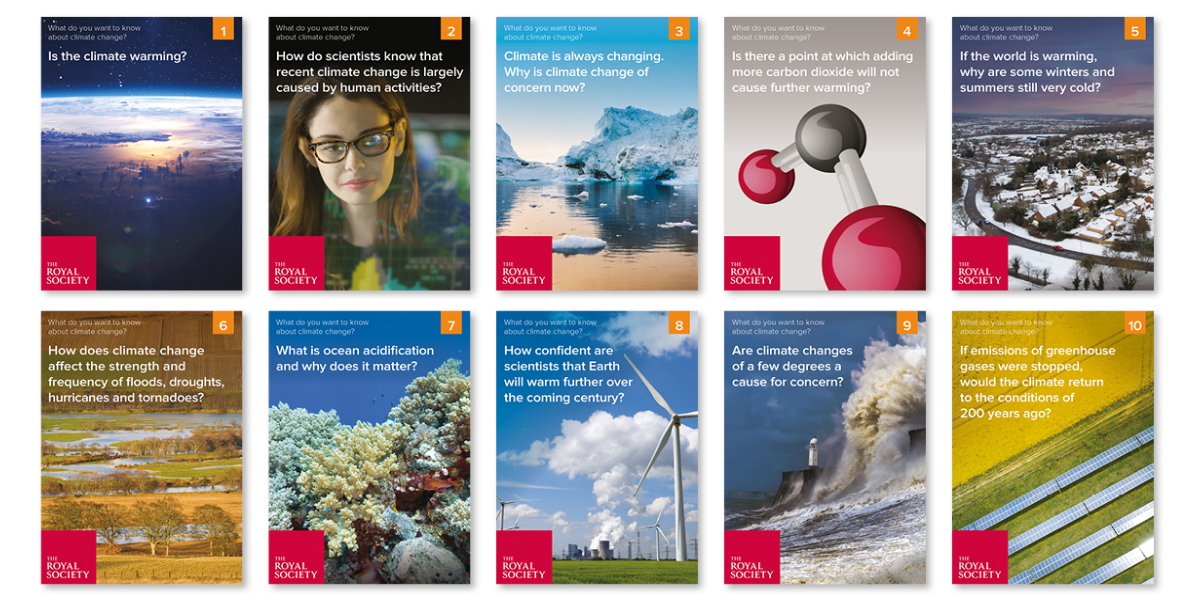Filters
Clear allSubject
- Careers (3) Apply Careers filter
- (-) Remove Climate Change filter Climate Change
- Computing (2) Apply Computing filter
- Cross curricular (2) Apply Cross curricular filter
- Design and technology (2) Apply Design and technology filter
- Engineering (1) Apply Engineering filter
- Mathematics (9) Apply Mathematics filter
- Science (24) Apply Science filter
- STEM Ambassadors (1) Apply STEM Ambassadors filter
Age range
Type
- Activity sheet (7) Apply Activity sheet filter
- Data set (3) Apply Data set filter
- Group work (4) Apply Group work filter
- Information sheet (2) Apply Information sheet filter
- Interactive resource (3) Apply Interactive resource filter
- Poster (2) Apply Poster filter
- Presentation (8) Apply Presentation filter
- Research (2) Apply Research filter
- Teacher guidance (6) Apply Teacher guidance filter
- Include Physical Resources (32) Apply Include Physical Resources filter
Showing 30 results
Empower your learners to consider the causes, effects and solutions of key issues surrounding climate change using this series of lessons.
There are two parts to the Future forest resources. During part A, learners will work together to create a ‘solution tree’ that can be...
A collection of resources from the Geological Society aimed at secondary-aged pupils including activities to explore energy, water and mineral resources, volcanoes and earthquakes.
A set of six inspiring green engineering careers posters showing how engineers transform the way we travel, eat, use, power things, build and breathe. Includes suggested discussion points and homework tasks.
The aim of this resource is to answer the question how do CO₂ emissions link to global temperatures? This lesson, linked to the Intergovernmental Panel on Climate Change (IPCC) report, explores the concept of a carbon budget. To answer the question, students create a pie chart to...
This lesson, linked to the Intergovernmental Panel on Climate Change (IPCC) report, aims to answer the question 'How often will a heatwave hit the UK?'
Students examine datasets to explore the frequency with which hot events occur and are required to interpret and draw box and whisker plots. Students are...
International LEGO day is celebrated annually on 28th January, which marks the day the first patent for the Lego brick was submitted in Denmark. Use these resources to help mark the day.
The Human Impact - Saving Today's Dinosaurs' course and A future without waste resources are part of the...
The United Nations General Assembly announced that 21st March would be the International Day of Forests in 2012 to celebrate and raise awareness of the importance of all types of forests. Countries are encouraged to undertake local, national and international efforts to organise activities involving forests and...
This set of activities for students builds toward them being able to answer the question 'Assess whether the UK is becoming more extreme in the 21st century.' Initially students are asked to define the terms 'rare' and 'extreme' and then order the layers of the Earth's atmosphere. This is followed by tasks to:...
In this lesson students examine whether reports of extreme cold weather provide evidence that global warming is not happening. They look at the New York Times graphs of summer temperature distributions for the northern hemisphere for different periods and interrogate/critique these graphs.
Students will read...
This collection of resources from the Royal Meteorological Society and Royal Geographical Society with IBG uses statements and figures from the Intergovernmental Panel on Climate Change (IPCC)...
In this resource students are provided with a table showing the efficiency of various factors in warming up or cooling down the neighbourhoods of three urban areas. Students are required to interpret the data, manipulate the data and calculate averages. The data then has to be represented graphically. A number of...

These evidence-based, question and answer style classroom resources can be used to engage students of all ages...

These evidence-based, question and answer style classroom resources can be used to engage students in the climate...
This is a data handling activity looking at how warming in various countries around the world varies. Initially it asks students to differentiate between the terms climate and weather. It then goes on to asks students to present and comment on data about temperatures over time in various countries. Finally it asks...
This resource contains a synopsis of the Intergovernmental Panel on Climate Change Sixth assessment on wildfires written in language suitable for A level students, so can be used as an exercise in reading comprehension and note taking. It looks at natural and anthropogenic causes of wildfires, their benefits and...
